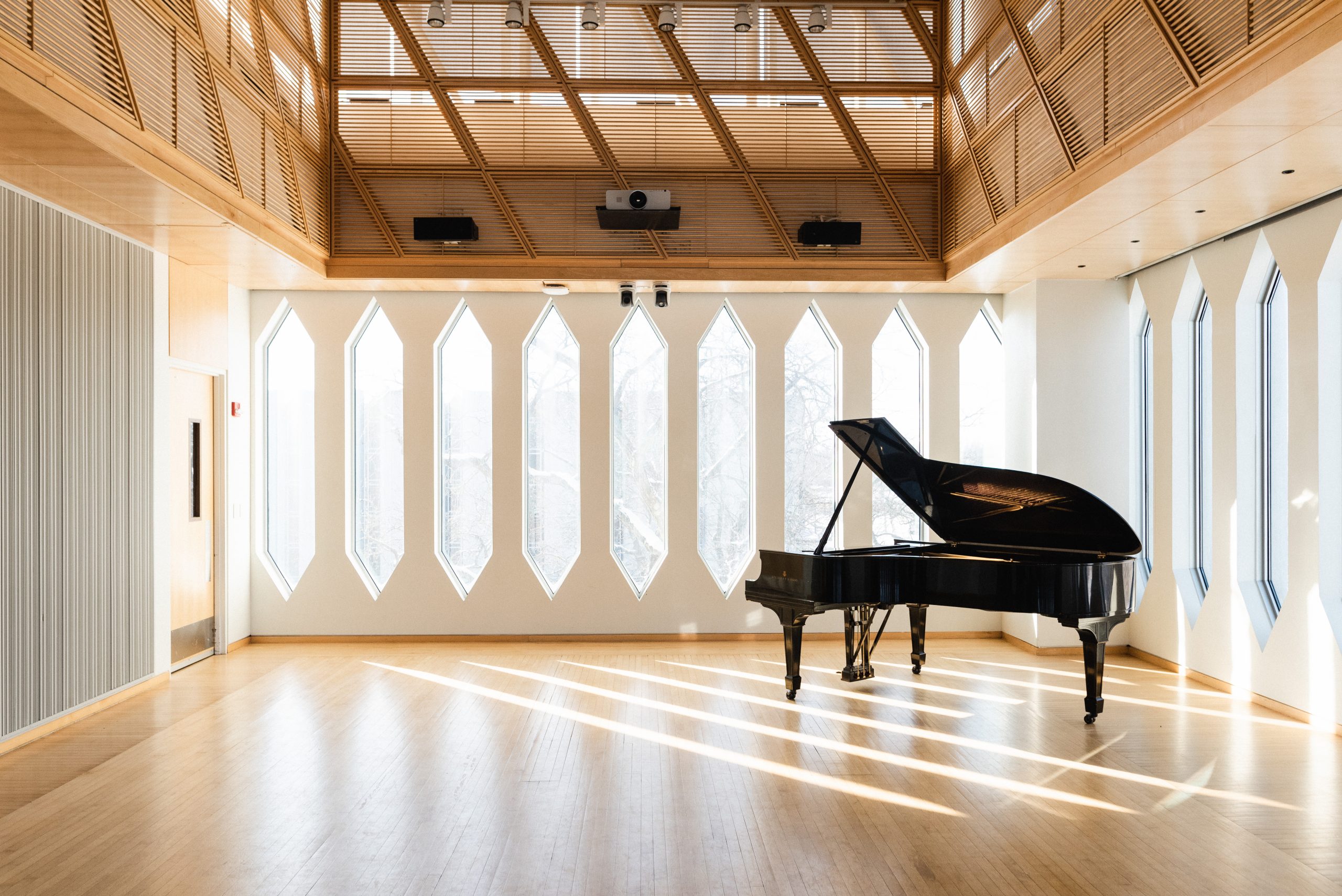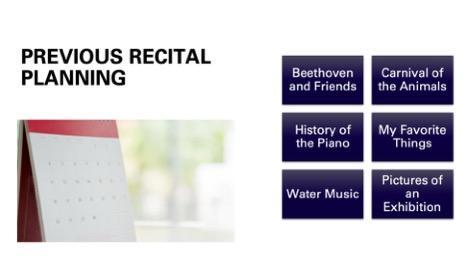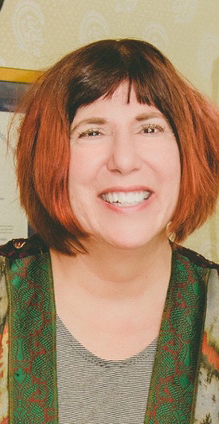We would like to thank Penny Lazarus for this insightful article on inclusive programming. Want to learn more about Penny Lazarus’s work in DEI and her thoughts on inclusive programming? Lazarus is a contributor for our new course, Piano Teaching through the Lens of Diversity, Equity, and Inclusion. The course is now available for presale purchase. Click here to learn more.

I am an independent music teacher with a 45-student piano studio in Newburyport, MA. Like you, I always wanted our piano recitals to engage and help my students connect expressively with their music beyond just notes on a page. I think you will recognize the recital themes I used before 2015.

In 2016, a new Star Wars movie, The Force Awakens, came out. I created a practice challenge based on that movie, pretending “The First Order” bans all music. Our students had to preserve the world’s music until “The Resistance” could find Jedi Luke Skywalker and restore the universe. For every piece learned, my students added a glow-in-the-dark star to the ceiling of my studio. They tended to group their stars into distinct separate “neighborhoods” representing individual symbols of achievement. Dismayed by these walled-off individual neighborhoods, the following week, I laid out a map of our solar system. From then on, students placed their stars to match the constellations of our universal night sky. We celebrated music making together in an informal recital under our glowing stars and a feeling of community in the studio was born.

Profound Purpose and Piano Study: Parallel Paths
I couldn’t shake the feeling that entire countries had cultural bans in place that severely limited the study of music, art, and literature. The following year, 2017, I decided to explore Eastern European music, a topic I knew little about except the work of Béla Bartók. It takes some trust in the universe “to go where one hasn’t been before” as a piano teacher. But it is invigorating to explore a new topic. I mentioned this to an acquaintance and learned her husband was working with the Peace Corp in Albania, a country in the Balkans. He had befriended a wonderful Albanian composer Alban Dhamo. I learned Albania only recently emerged from five decades of an oppressive dictatorship that banned all cultural practices. Alban and his wife Erinda Agolli, an opera singer, helped launch the Lincoln Center for the Arts, named after Abraham Lincoln, in the capital city Tirana, to restore piano lessons for local children. The school had only a few electric keyboards and little music. We created a cultural exchange: Alban wrote twenty pieces for our studio, based on Bartók’s Albums for Children, using Albanian folk melodies. We raised money to send over a hundred leveled-music books. Alban’s Balkan rhythms were tricky, but I witnessed new energy from my students who practiced harder than ever, because they had a personal stake and a responsibility for engaging with a living composer in another part of the world. When they played Alban’s pieces during a Facetime recital, the composer was brought to tears.
We hope you enjoyed this excerpt from Penny Lazarus’s article “Cultivating Brave Spaces in the Piano Studio Using DEI Repertoire and Practices.” You can read more by purchasing our newest course, Piano Teaching through the Lens of Diversity, Equity, and Inclusion. Learn more by clicking here.
MORE ON DIVERSITY, EQUITY, AND INCLUSION
- MAGAZINE ARTICLE: Spring 2021: Pupil Saver: Adagio in F Minor by Chevalier de Saint-Georges by Leah Claiborne
- MAGAZINE ARTICLE: Remaking Ourselves and the Standard Canon: Perspectives and Resources for Promoting Diversity, Equity, and Inclusion in Classical Music by Nicholas Reynolds
- COURSE: Piano Teaching through the Lens of Diversity, Equity, and Inclusion
- COURSE: Unsung Heroes in Piano Pedagogy: 20 Pieces by Black Composers to Use in Your Studio Now
- MAGAZINE ARTICLE: Awadagin Pratt: Pianist, Conductor, Music Education Advocate by Artina McCain
- WEBINAR: Introduction to the Frances Clark Center’s New Online Course: Piano Teaching through the Lens of Diversity, Equity, and Inclusion with Leah Claiborne, Susanna Garcia, and Artina McCain
- WEBINAR: Piano Music by Black Composers: Music for all Skill Levels with Leah Claiborne
- WEBINAR: Diversity in Music with Leah Claiborne, Leonard Hayes, Artina McCain, Desireé González-Miller, and William Chapman Nyaho
- WEBINAR: Best Piano Pedagogy Practices through the Lens of Diversity, Equity, and Inclusion with Leah Claiborne and Artina McCain